Join me on a dog walk,” I said to my kids one afternoon. They sighed as if I had suggested they spend the day memorizing the library’s card catalogue system. But their moods lightened once we were outdoors. My children, ages 10 and 12, skipped and meandered, stopping to collect wildflowers and laughing as our dog chased tiny frogs between puddles.
We’ve long recognized that playing outside is good for kids, just as I did that day.
A growing number of studies indicate that exposure to nature benefits kids in different ways, such as by lowering stress and promoting better cognitive development.
Ecotherapy — also called nature therapy or green therapy — goes further by encouraging structured, purposeful interactions with nature to improve mental health. “You’re bringing an aspect of mindfulness and intentionality to being outdoors,” says Amy Lajiness, an ecotherapist and psychotherapist in San Diego who counsels adolescents, adults and families.
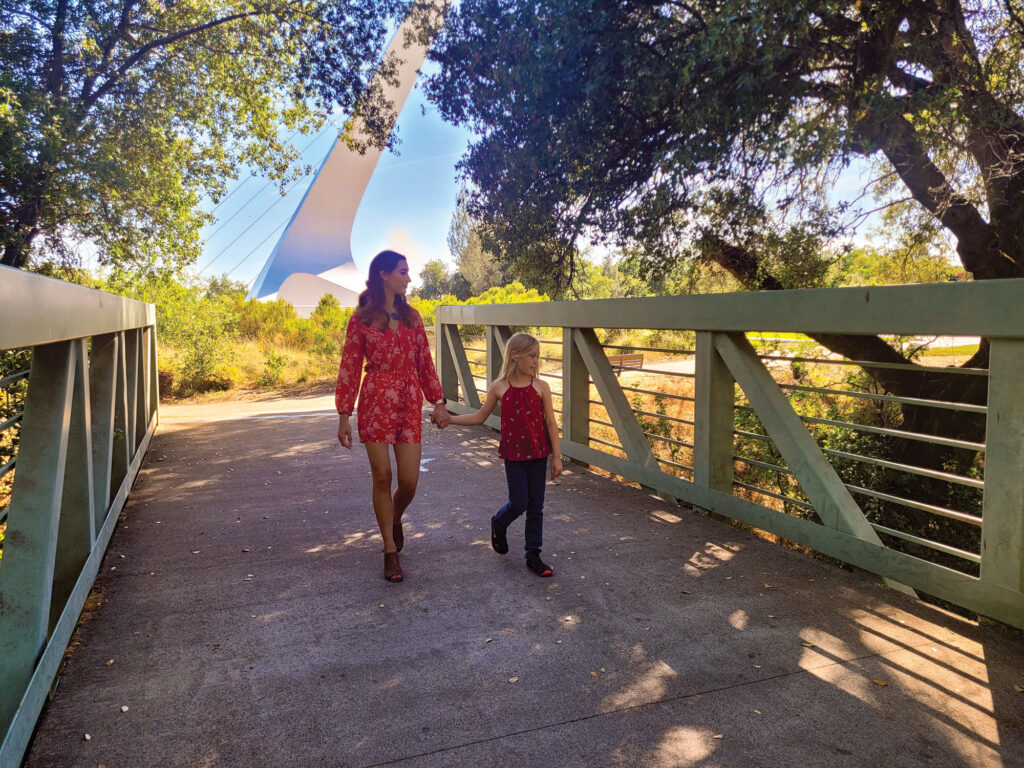
Nature — and focused ecotherapy — improves mental health and gives us a feeling of being interconnected.
Nature as a co-therapist
There is no standard training or certification required to become an ecotherapist, but many practitioners are mental health professionals who have completed additional work in nature therapy. Ecotherapy is a broad term for a range of activities, such as caring for animals, tending to a garden or participating in a wilderness program. Practitioners often incorporate ecotherapy into conventional talk therapy by holding sessions outdoors and letting nature serve as a co-therapist.
This is a key benefit of ecotherapy, because in-office settings can feel intimidating — especially to kids. There’s a power differential between clinicians and clients, Lajiness says, so children attending therapy may feel as if “I’m the patient. There’s something wrong with me.” By contrast, when sessions take place in a park or while strolling along a beach, “The setting is just so helpful to create a sense of comfort and openness.”
Lajiness says demand for mental health services is up in response to the pandemic, hitting tweens particularly hard. She has noticed a big uptick in anxiety and attention disorders among older elementary and younger middle school students.
Ecotherapy can help with these challenges. Exposure to nature tends to soothe and refresh overstimulated brains. While concrete tasks such as completing an assignment or writing an email require sustained, focused concentration, actions such as looking at a flower or listening to a thunderstorm cause us to engage in something called “soft fascination,” Lajiness says. “There isn’t the demand on our attention in a way that’s draining.
Ecotherapy activities often start out as human-centric — or Level 1, according to Linda Buzzell, a Santa Barbara, CA, ecotherapist, psychotherapist and co-editor of Ecotherapy: Healing with Nature in Mind. Examples include playing in a garden or petting a friendly animal. Ideally, “As we engage with the rest of nature, we also begin to get the message that we need to pay attention to the health of Mother Nature as well as our own,” Buzzell says. This helps us move to Level 2 ecotherapy, in which we actively care for nature, perhaps by tending to a garden with an eye toward sustainability.
Buzzell cheered when I told her about my family’s attempts to grow tomatoes in our backyard. Learning simple survival skills, such as growing your own food, is an important aspect of ecotherapy, she says. “It gives kids a sense of empowerment.”
How to explore ecotherapy with your kids
Identify your kids’ preferred connection to nature. “It’s not one-size-fits-all,” Buzzell says. Although some children love playing outdoors, others enjoy creating nature art or listening to the rain. My youngest child isn’t a big fan of nature walks, but she loves turtles, so animals are her gateway to nature.
Use what’s nearby
Kids don’t need to be sitting in a forest to connect with nature. Activities such as tending to a houseplant or caring for a pet fish offer their own emotional regulation benefits, Lajiness says. Even a cut flower can offer a way to interact and observe nature.
Vernon Hutter, an ecotherapist based in Devon, England, noticed how devices distracted kids from the natural world, so he encouraged his teenage daughter to use her smartphone mindfully by snapping photos of nature each day and sending them to him. Hutter recommends taking contrasting photos — first something big, such as clouds or a sunset, then something small, such as an insect. This intentionality helps foster awareness of the present moment.
Use metaphors to help kids open up
Nature metaphors tend to be visual and vivid. Is your child feeling angry like a roaring lion? Powerful like a soaring eagle? Ask your child how these animals change as their feelings ease or get stronger. Or use seasons to describe emotions., such as feeling cold and dark like the winter.
Encourage actions that bolster connections to nature
If your children love pandas or turtles, for instance, they might consider donating part of their allowance to a charity that helps animals. After researching organizations that care for turtles, my daughter made a gift to the Monterey Bay Aquarium.
Ultimately, the goal of ecotherapy is to help us understand that humans and nature are not separate, but deeply interconnected — a realization that can be both healing and motivating. As Hutter puts it: “We’re a part of nature, and not apart from nature.”
Posted in: Out & About, Science & Nature
Comment Policy: All viewpoints are welcome, but comments should remain relevant. Personal attacks, profanity, and aggressive behavior are not allowed. No spam, advertising, or promoting of products/services. Please, only use your real name and limit the amount of links submitted in your comment.
Comments
Leave a Reply
You Might Also Like...
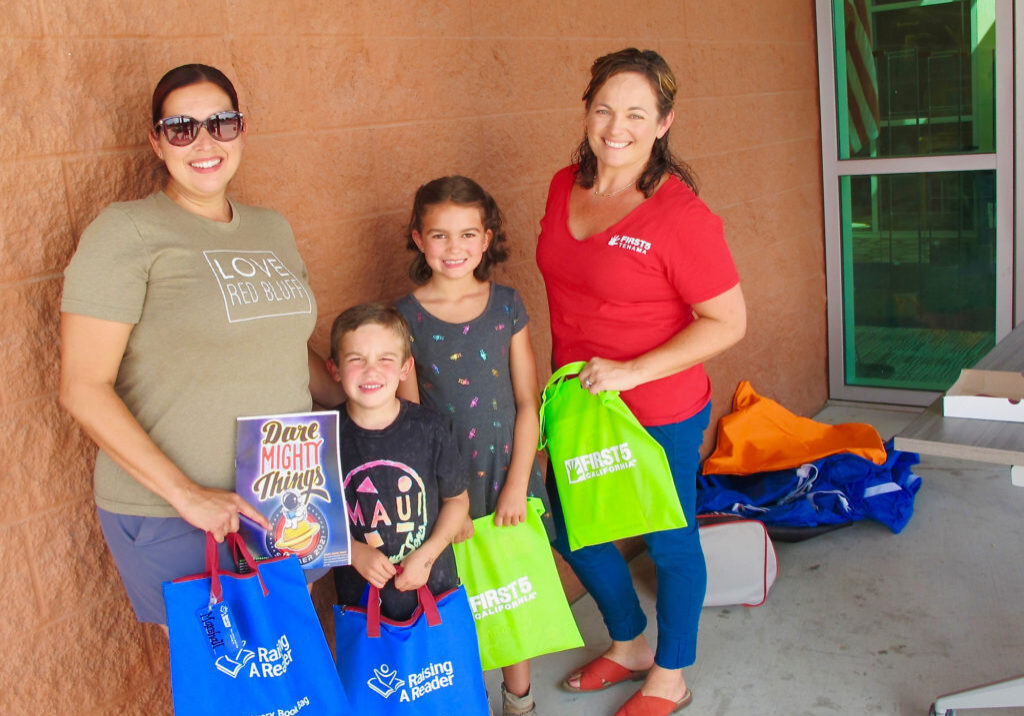
Make Summer Memories While Vacation Time Lasts
Every year the anticipation of summer quickly gives way to confusion about how quickly it passes. This month, we have the chance to grab on to slower moments and make […]
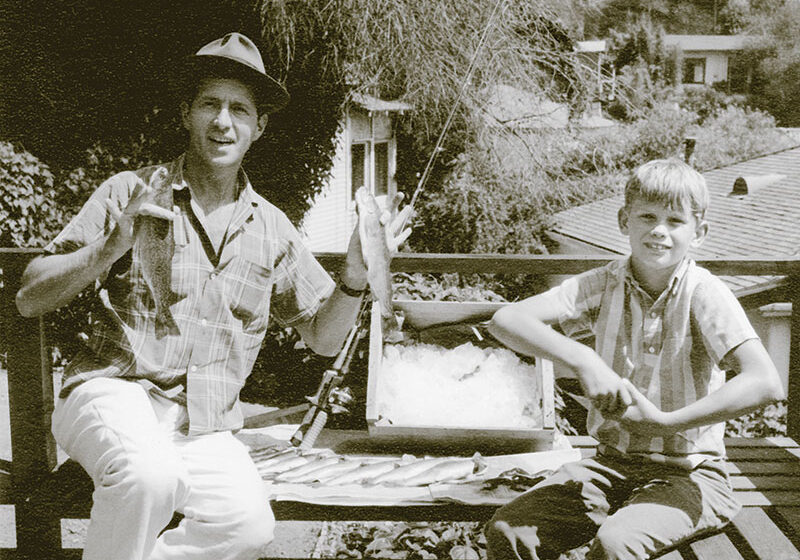
My First Fishing Trip
Now that I am retired and can commit more time to my favorite pastime, I often reminisce of past fishing trips. Those joyous, wonderful, and idyllic adventures linger in my […]
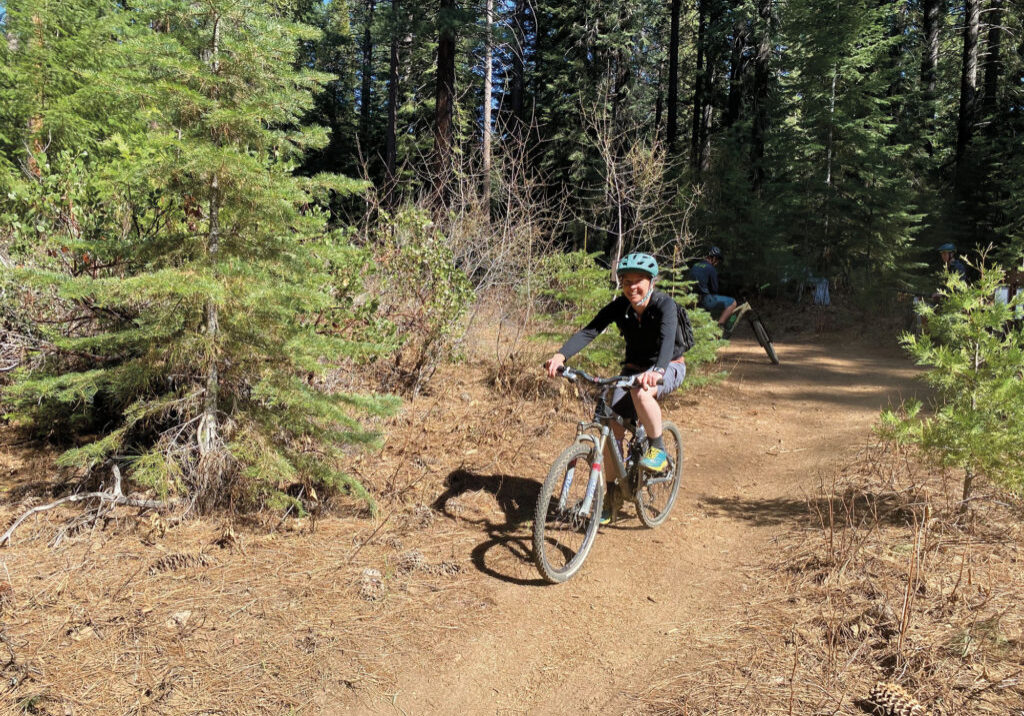
Top Picks for Family-friendly Cycling
BUTTE COUNTY Bidwell Park; Chico 3,670-acre park offers miles of trails through Upper and Lower Bidwell Park. Choose an easy lower loop and stop at a few different playgrounds. Map: […]

10 Stress-Busting Reasons To Take Your Family On A National Park Road Trip
Connecting to nature at one of these awe-inspiring places on a family road trip is a great way to reduce stress and boost everyone’s mood. Here are 10 reasons to take […]


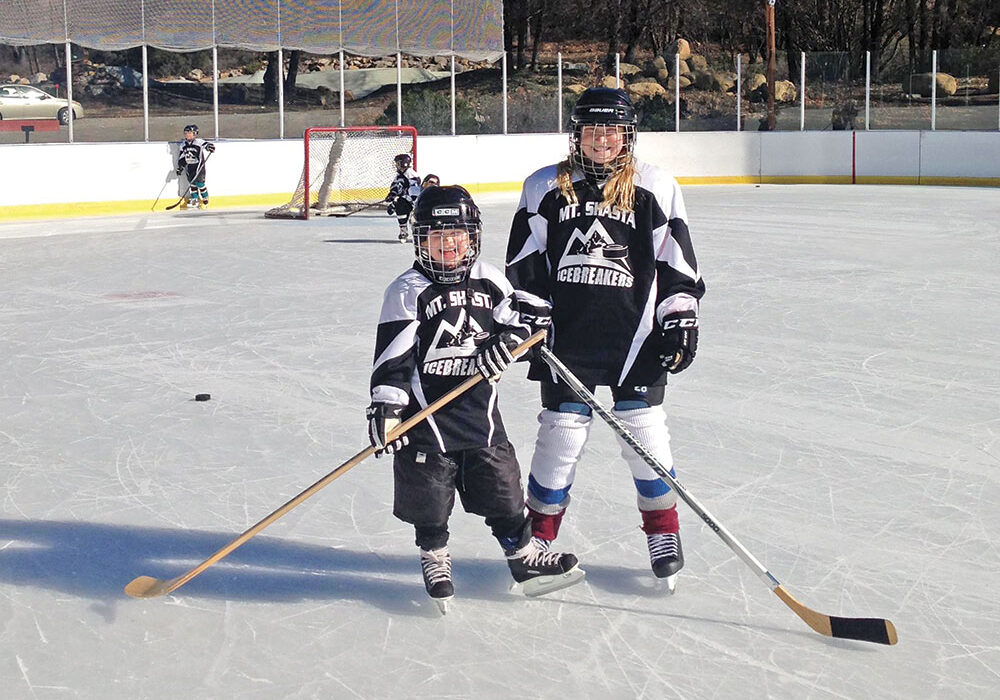
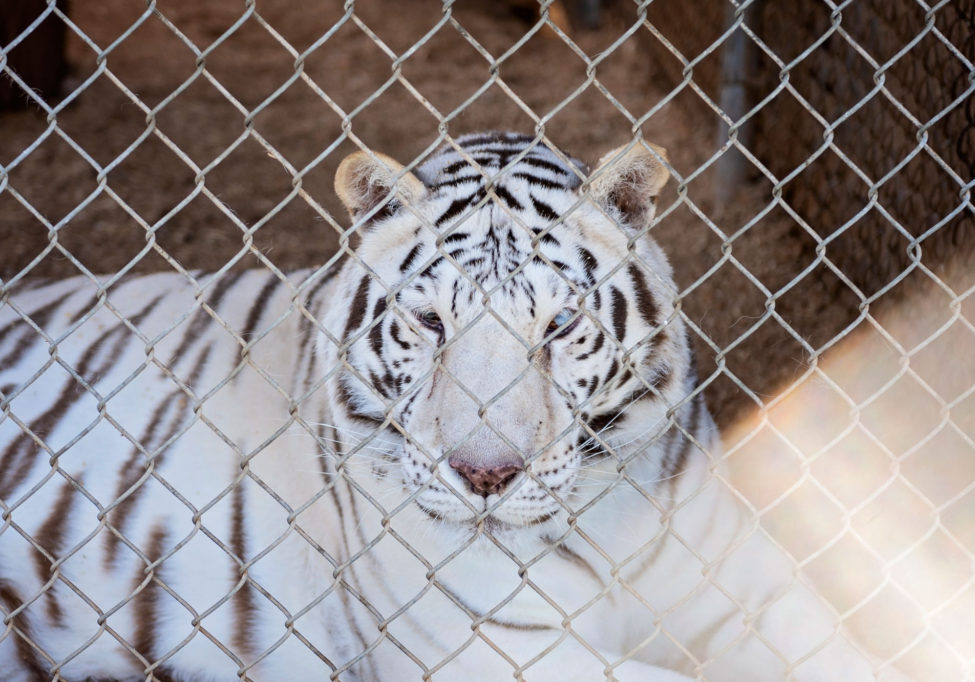
Eating Disorder Therapy says
Great post! and incredible blog! Very helpful post! I must say. Simple & interesting. Wonderful work!